The 10 Coolest Processors Of 2017 (So Far)
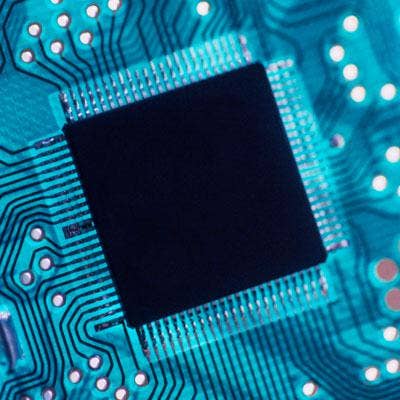
Speed Freaks
The first six months of 2017 were eventful in the market for new processors, as top vendors Intel, Qualcomm, AMD and Nvidia all debuted major releases. And the new offerings run the gamut from desktop to mobile to IoT, while others are aimed at emerging computing needs in the data center, such as artificial intelligence and high-performance computing.
What follows are the 10 coolest new processors we’ve come across from the first half of 2017.
(For more on the "coolest" of 2017, check out "CRN's Tech Midyear In Review.")
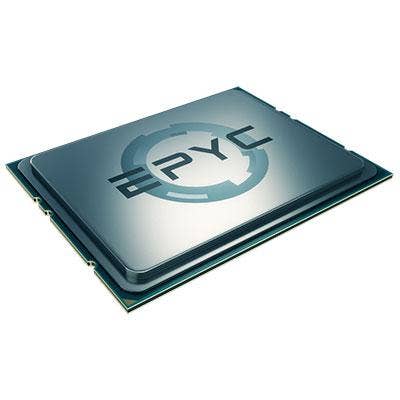
AMD Epyc 7000 Series
The new Epyc platform marks AMD's return to the server market after a four-year hiatus. The series consists of nine 7000 processors that feature a larger memory bandwidth, as well as a broader array of input/output lines. AMD's Epyc lineup ranges from eight-core, 16-thread pieces up to 32-core, 64-thread CPUs with four eight-core dies. These dies are internally connected through AMD's Infinity Fabric, which the company said is less expensive than trying to pack multiple cores on a single die.
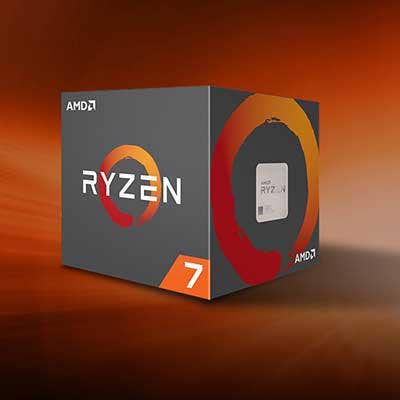
AMD Ryzen 7
The Ryzen 7 series is a trio of eight-core models, which are based on AMD's Zen core microarchitecture and are targeted at PC gamers and enthusiasts. Along with having eight cores, all of the chips also have 16 threads. They range in base clock from 3GHz for the 1700 model to 3.6GHz for the 1800X model.
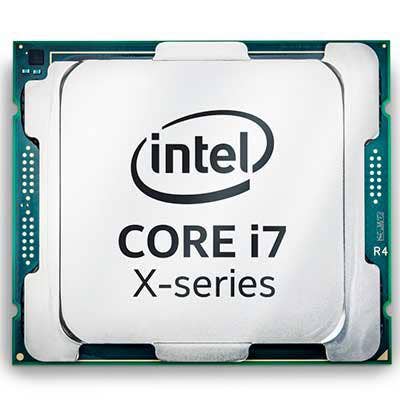
Intel Core i7 X-series
During Computex, Intel also unveiled other chip options for gamers as part of the new X-series desktop processors. Those include Core i7 X-series processors, such as an eight-core, 16-thread model, along with a quad-core, eight-thread model. Intel is also offering a Core i5 processor with four cores.
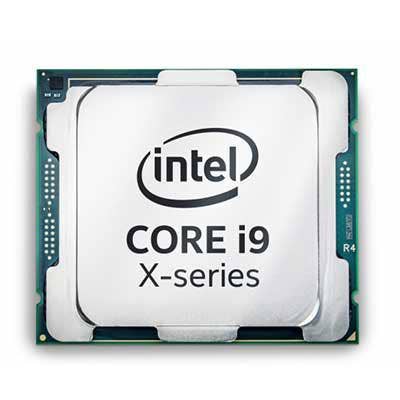
Intel Core i9 X-series
Intel unveiled a new desktop processor family, the X-series, during Computex 2017 in May. The processors feature dramatically enhanced performance and are aimed at enthusiast gaming and virtual reality uses, as well as content creation. Leading the lineup is the Core i9 processor, which features 18 cores and 36 threads at the very top level (the Core i9 Extreme Edition 9-7980XE). Intel is also offering four lower tiers of Core i9 processors, ranging between 10-core and 16-core versions.
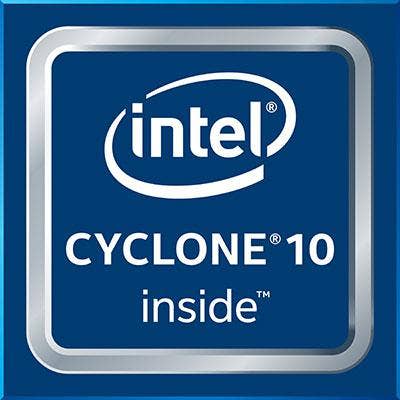
Intel Cyclone 10
As Intel continues its push at realigning itself for the Internet of Things era, the company released its latest IoT-focused processing solution, the Cyclone 10. The family of field programmable gate arrays (FPGAs) are targeted at providing major horsepower along with energy efficiency for applications such as industrial automation and automotive. Intel says the boost in performance is roughly twice that of the previous generation of Cyclone technology.
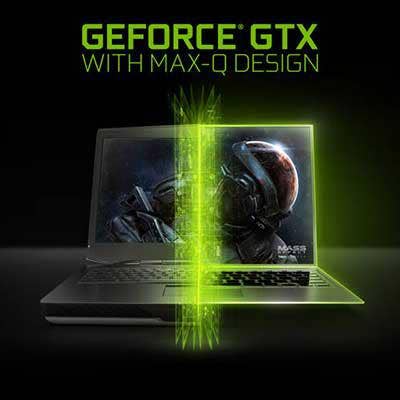
Nvidia Max-Q
Max-Q is not a processor itself, per se, but is instead a new design approach that Nvidia is bringing to its GTX GPUs (1060, 1070 and 1080). Max-Q ultimately enables the development of gaming laptops that offer up to 70 percent more gaming performance while remaining as thin as a MacBook Air (0.70 of an inch thick). Vendors include HP, Lenovo, Dell-owned Alienware, Acer and Asus. The initial laptops using the Max-Q design approach launched in late June.
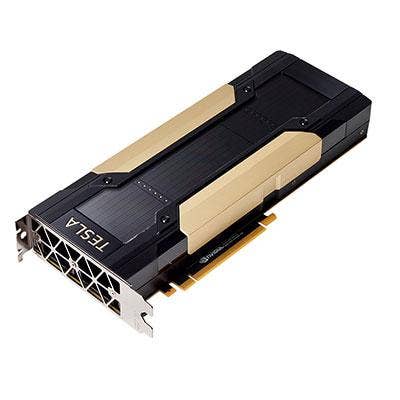
Nvidia Tesla V100
Nvidia launched the Tesla V100, a new data center GPU, as the first showcase of the company's seventh-generation GPU computing architecture, Volta. The Tesla V100 will be based on the Volta architecture--the successor to Pascal--and is targeted at enabling artificial intelligence and high-performance computing. The GPU provides 120 teraflops of performance for deep learning, or the equivalent 100 CPUs worth of performance, Nvidia said.
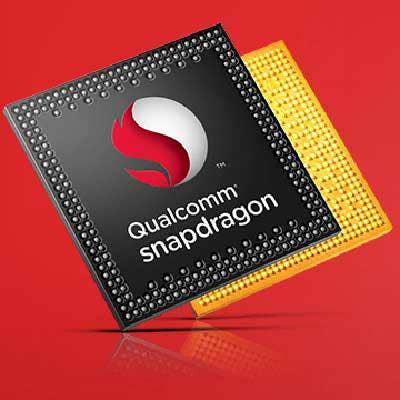
Qualcomm Snapdragon 450 Mobile Platform
The successor to the Snapdragon 435, the Snapdragon 450 Mobile Platform is targeted for midtier smartphones and tablets. The processor features a 25 percent improvement to both computing and graphics performance, along with better power management--resulting in up to four hours of additional battery life in devices.
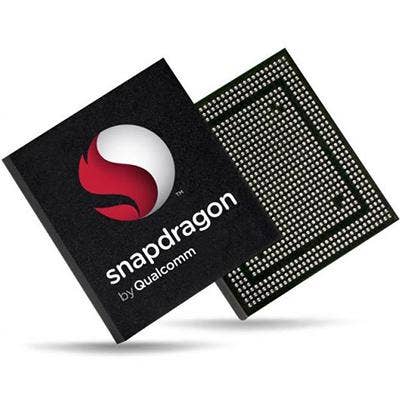
Qualcomm Snapdragon 835
The Snapdragon 835, which Qualcomm and Samsung collaborated on, is Qualcomm's newest top-of-the-line processor for smartphones. The Snapdragon 835 features eight cores--four of the cores for heavy processing (running at up to 2.45GHz) with four cores for less intensive tasks that can run at slower speeds (and save on battery life). The system-on-a-chip is also Qualcomm's first 10-nanometer processor and offers a smaller processing footprint inside the phone. Among the devices using the Snapdragon 835 so far are the Samsung Galaxy S8 and the HTC U11.
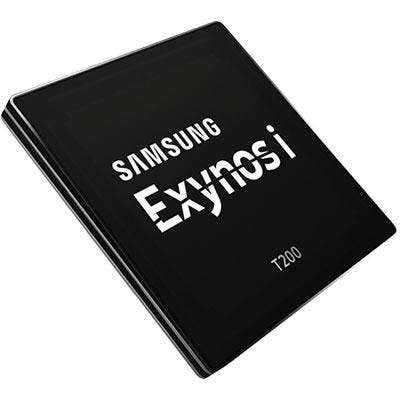
Samsung Exynos i T200
The Exynos i T200 is a big step forward in Samsung's efforts around the Internet of Things, as the company's first processing solution for IoT. The solution is low power and uses a 28-nanometer process, and also features Wi-Fi connectivity. Notably, the Exynos i T200--which integrates Cortex-R4 and Cortex-M0+ chips--doesn't need an extra microcontroller for performing processing and other tasks.